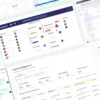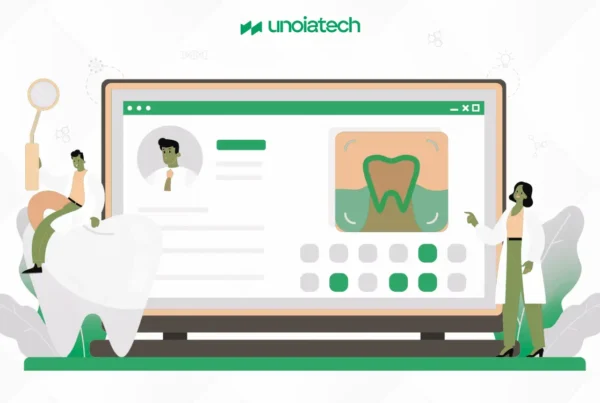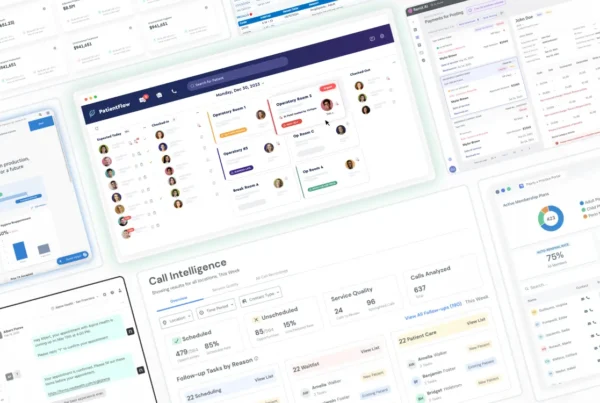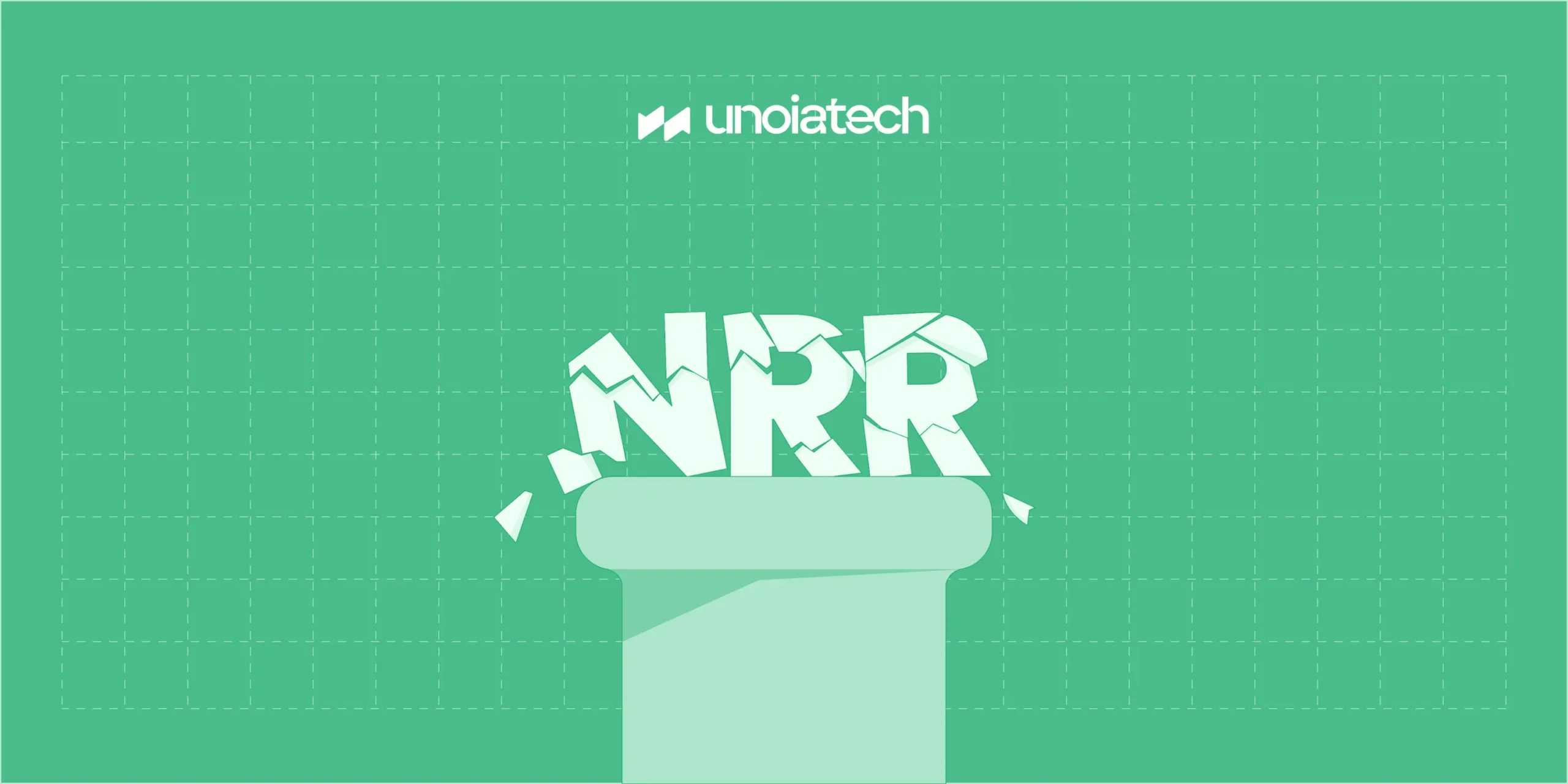
In the world of SaaS, your business’s success is often measured using various metrics. While you may already track several formulas to monitor progress, net revenue retention (NRR) is one metric you can’t afford to overlook.
Net Revenue Retention, or NRR, measures the recurring revenue generated from your existing customer base over a set period. This metric specifically focuses on revenue coming from current customers—excluding new ones. NRR provides insight into how your business is growing by looking at upgrades, downgrades, and churn rates, all from existing customers. Sometimes referred to as Net Dollar Retention (NDR), it’s essential for gauging your business’s growth potential without the influence of new customer acquisition.
NRR is critical because it tells SaaS companies how sustainable their revenue growth is through existing customers. By excluding new customers, NRR gives a clearer picture of your business’s overall health and customer retention success.
Why is NRR Important for SaaS Businesses?
NRR is an important metric for SaaS businesses as it indicates strong financial health to investors through steady revenue growth, driven by reducing churn and focusing on customer success. Although metrics like Monthly Recurring Revenue (MRR) and Annual Recurring Revenue (ARR) are crucial, they include new customers and the associated costs of acquiring them. NRR, on the other hand, helps you uncover potential hidden issues, such as churn, pricing problems, or poor customer experience, without the “masking” effect of new customer revenue.
NRR vs Gross Revenue Retention (GRR)
To fully grasp NRR’s importance, it’s helpful to compare it to Gross Revenue Retention (GRR).
| Net Revenue Retention (NRR) | Gross Revenue Retention (GRR) |
|---|---|
| Includes revenue from upgrades | Excludes upgrades |
| Reveals total growth potential | Focuses on lost revenue |
| Can exceed 100% | Cannot exceed 100% |
Both metrics are valuable, but NRR is often considered the better gauge of growth for SaaS companies because it captures a fuller picture of the customer lifecycle.
How to Calculate Net Revenue Retention
Calculating NRR is simple once you understand the components:
NRR Formula:
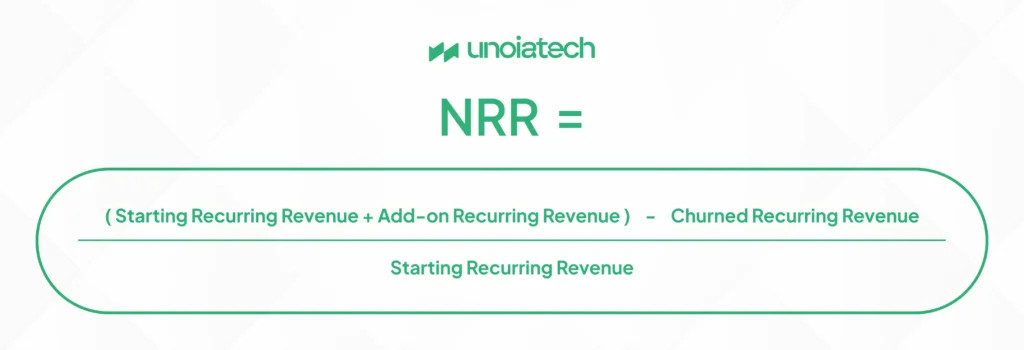 NRR = ({MRR + Expansion MRR} – {Churn MRR + Contractions})/MRR
NRR = ({MRR + Expansion MRR} – {Churn MRR + Contractions})/MRR
- MRR: Monthly Recurring Revenue from the beginning of the month, based on existing customers.
- Expansion MRR: Additional revenue from upgrades within the same customer base.
- Churn MRR: Lost revenue from customer cancellations.
- Contractions: Revenue lost from downgrades.
Example:
If you start the month with $20,000 MRR, gain $10,000 from upgrades, but lose $3,000 to churn, your NRR would be 135%:
\[ (20,000 + 10,000 – 3,000) / 20,000 = 135\% \]
NRR above 100% is considered excellent, showing that your business can grow with its existing customer base.
NRR Benchmarks
NRR benchmarks are helpful in evaluating your business’s performance against competitors. Ideally, an NRR above 100% means healthy retention and upsells. An NRR between 80% to 100% is moderate, indicating some room for improvement, while anything below 80% signals a need for immediate attention.
How to Improve Net Revenue Retention
1. Prioritize Customer Satisfaction
Customer satisfaction is the backbone of a strong Net Revenue Retention (NRR) strategy. A satisfied customer is more likely to continue using your product, renew subscriptions, and explore additional features or services. Focusing on customer success involves offering a proactive support system, ensuring your customers achieve their desired outcomes from using your product. Here’s how you can enhance customer satisfaction to minimize churn and boost NRR:
- Provide Proactive Support: Don’t just wait for issues to arise—regularly check in with your customers to identify pain points before they escalate. Set up automated customer check-ins and follow-ups to ensure they’re satisfied.
- Personalized Communication: Tailor your communication to each customer segment. Offering individualized attention, whether through personalized emails or tailored product recommendations, can make customers feel valued and more likely to stay.
- Regular Product Updates: Keep customers excited about using your product by introducing new features and enhancements that solve their evolving needs. Regular updates also signal that your company is actively improving its offerings.
- Build a Customer Success Team: A dedicated customer success team focused on onboarding, training, and problem-solving can make all the difference in keeping clients satisfied and preventing churn.
- Offer Incentives for Loyalty: Implementing loyalty programs, offering discounts on future services, or providing exclusive access to features can keep customers engaged and reduce the likelihood of churn.
2. Upselling and Cross-Selling
One of the best ways to increase NRR is to generate more value from your existing customers through upselling and cross-selling. Rather than focusing solely on acquiring new customers, maximize the value of your current client base by encouraging them to purchase additional products or upgrade their services.
- Leverage Data for Personalization: Use customer usage data and behavior analytics to identify the best times to upsell or cross-sell. For example, if you notice a customer frequently using a particular feature, offer a related product or upgrade that enhances their experience.
- Segment Your Customer Base: Different customer segments have different needs, and targeting these segments with relevant offers can boost engagement. For instance, larger clients may need advanced features or premium support, while smaller clients may benefit from cost-effective add-ons.
- Bundle Offers: Packaging complementary services or features together can make upgrades more attractive. Bundled services often appear to offer more value, leading customers to increase their spending.
- Showcase the Value: Demonstrate the tangible benefits your product brings. For example, use case studies or metrics to show how much time or money customers save with your product. Then, position the upsell or cross-sell as a way to improve their experience further.
3. Prevent Downgrades
While churn is the worst-case scenario for NRR, downgrades can also erode revenue. Preventing customers from downgrading their subscriptions requires a proactive approach, making sure they see the full value of their current plan. The more value your customers perceive, the less likely they are to downgrade.
- Optimize Customer Onboarding: A thorough onboarding process ensures customers understand the full value of your product from the start. Walk them through all the features they are paying for so they can fully leverage them.
- Create Clear Upgrade Paths: Offer different tiers of services or products, but ensure that higher-tier features are indispensable. Create a clear path for customers to move up rather than down, by showing how each plan delivers enhanced value.
- Provide Value-Based Communications: Regularly communicate the benefits that customers are receiving from your service. For example, send monthly usage reports showing how much value they are extracting from their current plan.
- Offer Downgrade Alternatives: If a customer is considering downgrading, offer temporary discounts or trial access to premium features. Providing limited-time incentives may prevent them from switching to a lower plan.
4. Track Key Metrics
Keeping track of important customer success metrics allows you to spot potential issues before they escalate. Monitoring these metrics provides insight into areas where your service could improve, which can positively impact NRR.
- Churn Rate: The percentage of customers that cancel or stop using your service is a direct indicator of how well you’re retaining customers. A rising churn rate suggests you need to take immediate steps to improve customer satisfaction or service quality.
- Customer Lifetime Value (LTV): LTV helps you understand the total value a customer brings over the duration of their relationship with your company. A higher LTV typically correlates with strong NRR, indicating high customer satisfaction and repeat purchases.
- Expansion MRR: This metric focuses on how much more revenue you’re generating from existing customers through upgrades or additional purchases. Monitoring expansion MRR ensures that you’re consistently growing revenue from your current client base.
- Customer Health Scores: A customer health score combines different metrics like usage rates, customer feedback, and engagement levels to predict a customer’s likelihood of renewing or churning. Regularly monitoring health scores can help you proactively address issues before they lead to churn.
- Net Promoter Score (NPS): NPS measures customer loyalty by asking how likely they are to recommend your service to others. A high NPS indicates strong satisfaction, while a low score suggests you may need to focus on improving customer experience.
5. Focus on Long-Term Relationships
Building long-term relationships with your customers increases the likelihood of them staying loyal to your business, which positively impacts NRR. A customer who sees your company as a long-term partner, rather than just a service provider, is more likely to renew their subscription or even upgrade to higher tiers.
- Foster a Community: Build a sense of community around your product. This could involve creating user groups, forums, or hosting regular webinars where customers can learn, ask questions, and interact with others.
- Offer Educational Resources: Continuously provide educational materials like guides, tutorials, and best practices. The more skilled and knowledgeable your customers are with your product, the more value they will derive from it, which reduces churn and increases the likelihood of upgrades.
- Regular Customer Check-ins: Establish routine check-ins with your customers to ensure they are happy with your product and get the opportunity to voice any concerns. This will help you solve issues early and reduce churn.
Conclusion
Net Revenue Retention is the gold standard for measuring how well your SaaS business is retaining and growing revenue from existing customers. It offers a clear understanding of your company’s growth potential, focusing on retention and satisfaction rather than just acquisition. High NRR doesn’t just reflect your revenue—it tells the deeper story of how well you’re managing your customer relationships. As a result, improving NRR should be a key priority for any SaaS business aiming for long-term success.



